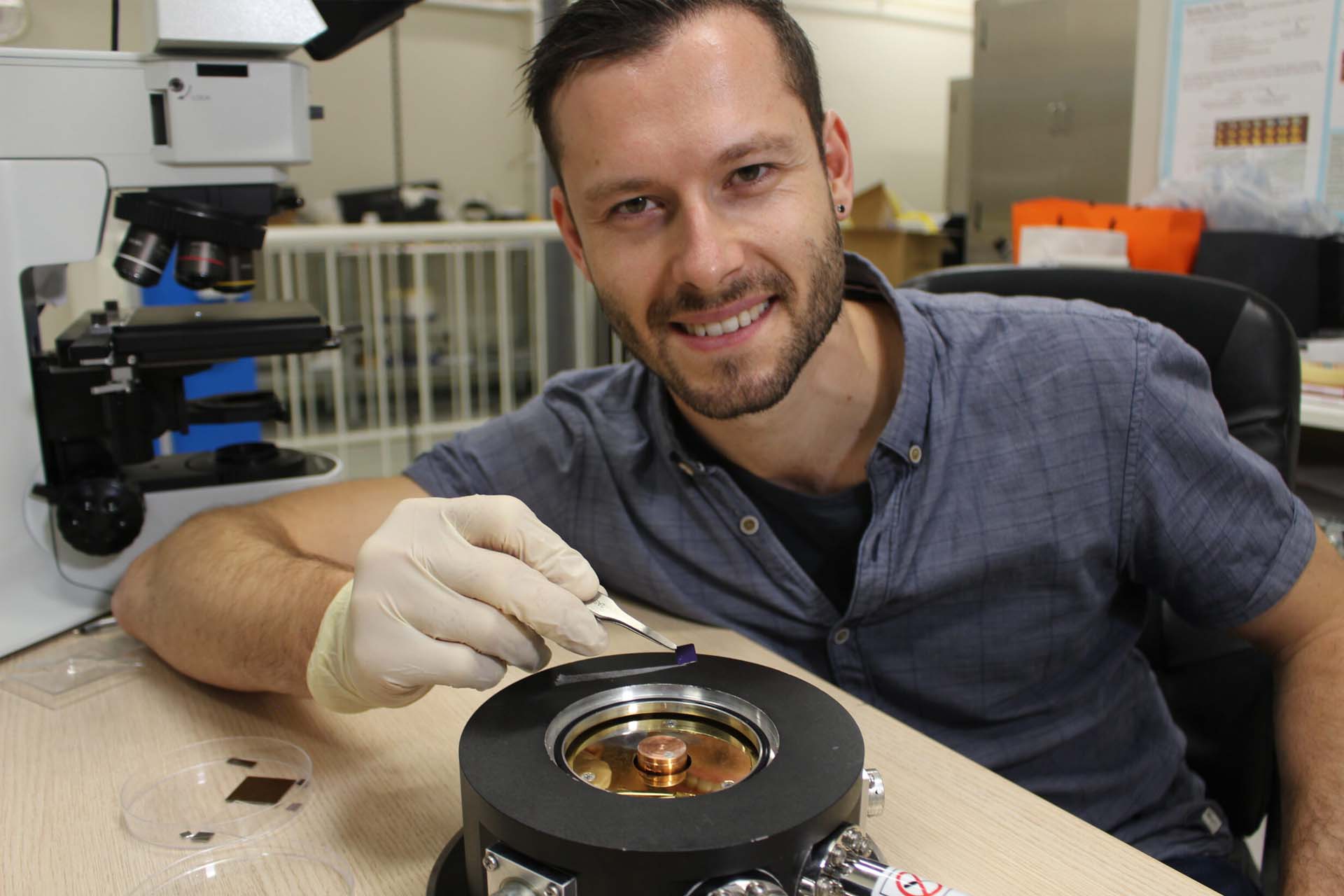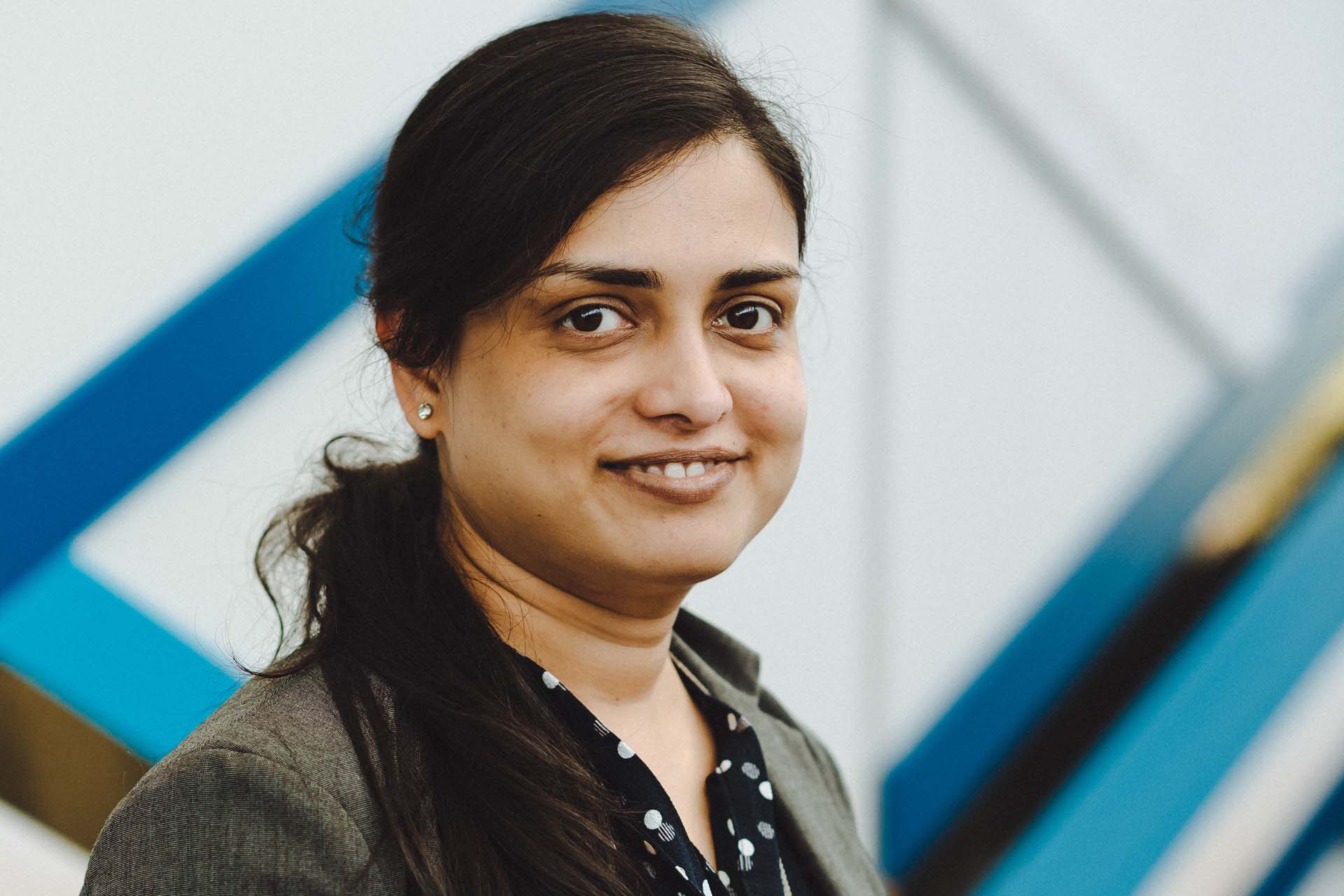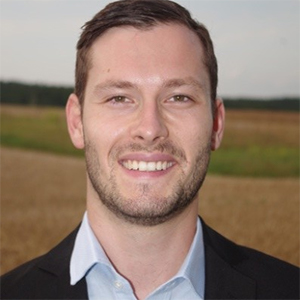Creative, online lab demonstrations maintain international collaborations
Finding clever solutions to Covid-based travel restrictions
FLEET researchers have live-streamed experiments from the lab in Australia to US collaborators and other FLEET nodes, reciprocated by a US-hosted workshop.
How does global research collaboration work while Covid-19 still prevents international in-lab visits?
A FLEET collaboration in 2021 found a creative solution, running in-lab demonstrations of new quantum technologies across multiple universities on two continents.
FLEET’s Matthias Wurdack (ANU) and Dr Semonti Bhattacharyya (Monash) were able to consult with researchers in the New York lab of FLEET Partner Investigator Prof Jim Hone (Columbia University), demonstrating new techniques developed on either side of the Pacific Ocean.
Columbia postdoc Dr Sanghoon Chae initiated the transfer of knowledge by asking for more information on the FLEET’s recently published gallium-oxide ‘quantum armour’ technique (see case study).
This contact initiated two online demonstrations, one on each side of the globe.
Matthias and Semonti conducted a demonstration for the Columbia University team, run from Matthias’s lab at ANU, demonstrating the new synthesis and transfer techniques.

“The last year has honed all of our skills in remote and online communications”… FLEET PhD student Matthias Wurdack (ANU)

“Sanghoon’s technique will give us access to high-quality monolayers of these materials”… FLEET Research Fellow Semonti Bhattacharyya (Monash)
The scalable FLEET technique will help Prof James Hones’ group to realise electronic and opto-electronic devices with large functional areas based on two-dimensional materials. “The greatest advantage of FLEET technique is that it is easy to fabricate in large scale,” explains Sanghoon. “Normally, dielectric deposition requires semiconductor fabrication tools, but Matthias’s technique only needs heat stage and silicon rubber. This shift in thinking came as a big shock to us."
The Columbia team then ran a corresponding workshop for 15 FLEET attendees from Monash, Swinburne, ANU and RMIT, demonstrating their new monolayer TMDC exfoliation technique, which will directly benefit FLEET research.
“TMDCs are at the heart of theme 2 research at FLEET. Being able to adopt Sanghoon’s technique will give us access to high-quality monolayers of these materials; this is essential to achieve scalability in future low-power electronics,” explains Semonti.
“The whole process was a very nice demonstration of researchers being creative in the face of challenges – the heart of science,” says Dr Stuart Earl (Swinburne), who attended Sanghoon’s training session.
“It was great how Semonti and Matthias got the broader Centre involved. The Covid pandemic has shown how much smaller the world has grown, and made us realise that we’re much more of a closely-linked community thanks to the ready availability of our international colleagues (via online communication tools) than we previously appreciated.”

The last year has honed all of our skills in remote and online communications. Live-streaming the fabrication steps of the new process from our lab at ANU meant that we could directly address questions from the researchers at Columbia during the process.
Matthias Wurdack (ANU) FLEET PhD candidate